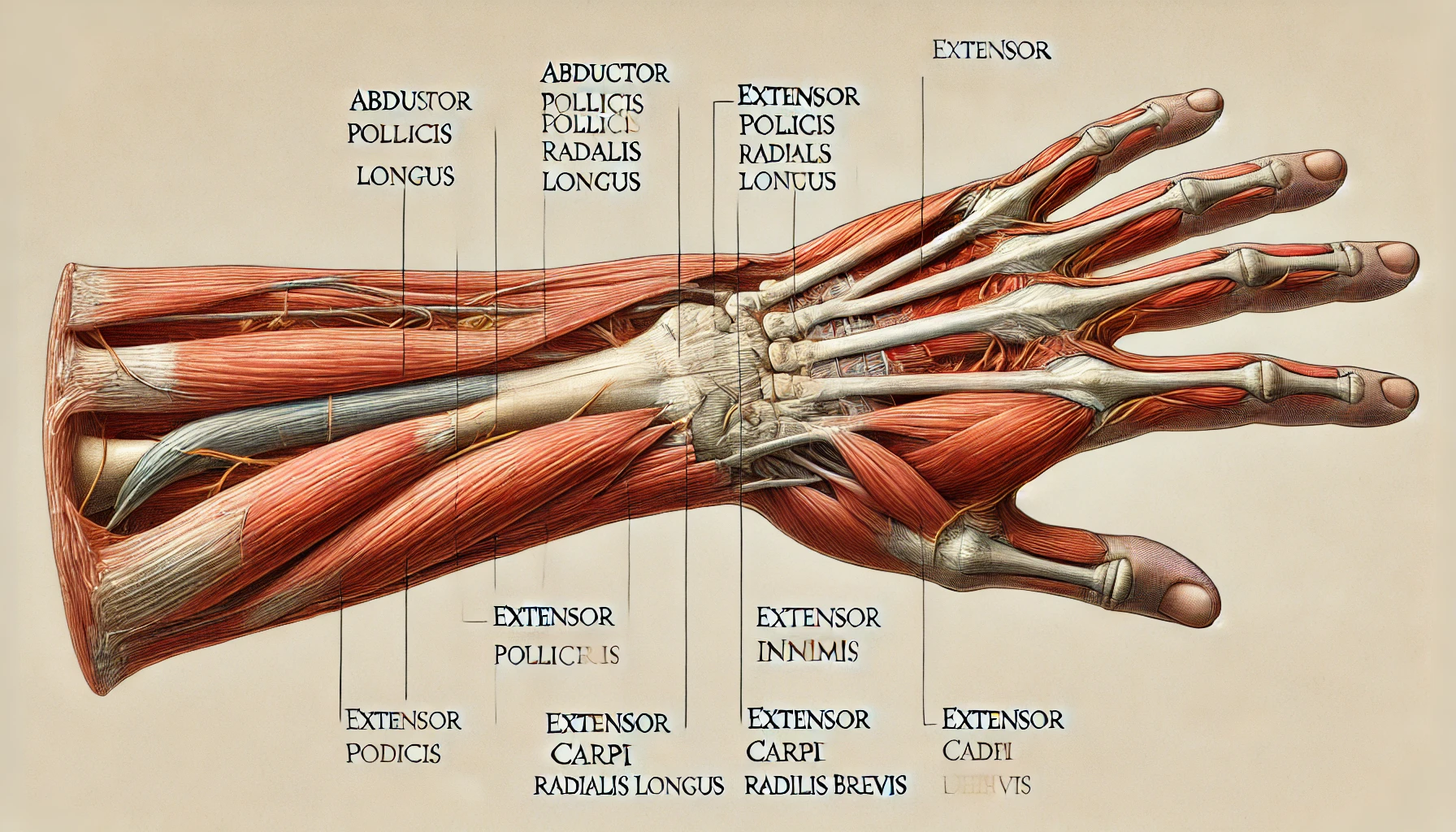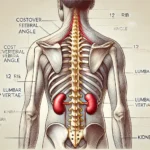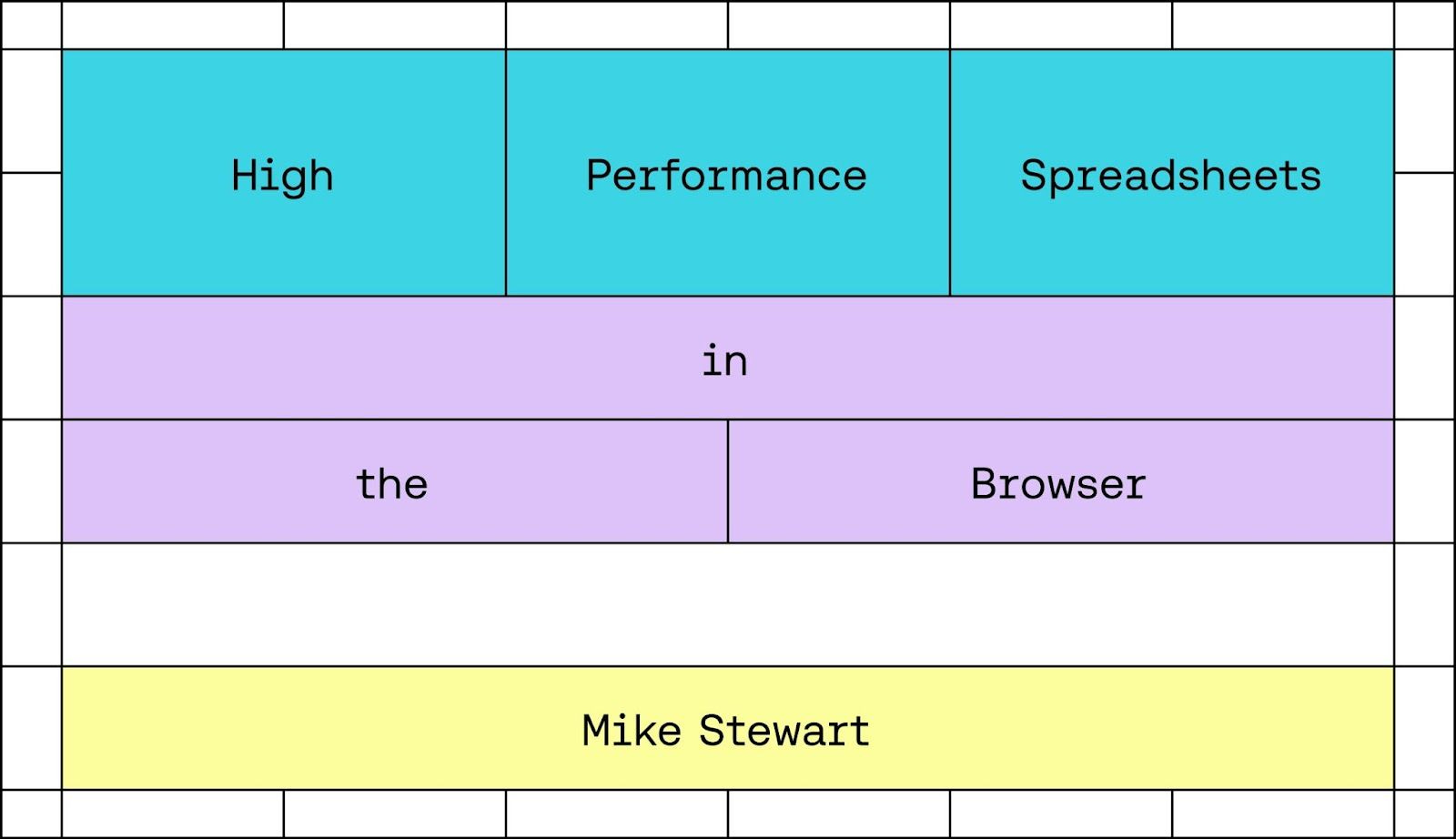When it comes to understanding the anatomy of the human body, the extensor compartments in the wrist are a fascinating subject. These compartments house tendons responsible for extending the wrist and fingers, ensuring proper hand function and movement. This guide provides a thorough breakdown of these compartments, their structure, and their role in daily activities, making it easier for anyone interested in anatomy to grasp their importance.
What Are Extensor Compartments?
The wrist contains six extensor compartments, each filled with tendons encased in a synovial sheath. These sheaths allow the tendons to glide smoothly during movements, reducing friction and preventing injury. The compartments are named sequentially from one to six and lie on the back of the wrist, with each serving a unique function in hand and finger extension.
A Closer Look at the Six Extensor Compartments
First Extensor Compartment
This compartment houses two tendons: the abductor pollicis longus and the extensor pollicis brevis. Together, these tendons help extend the thumb, allowing for a wide range of thumb movements. Any issues in this compartment, such as inflammation or swelling, can result in conditions like De Quervain’s tenosynovitis, which causes pain and limits thumb mobility.
Second Extensor Compartment
This compartment contains the extensor carpi radialis longus and the extensor carpi radialis brevis. These tendons primarily extend the wrist and aid in radial deviation, which is the movement of the hand toward the thumb. Problems in this area can affect wrist stability and overall hand strength, making everyday tasks more difficult.
Third Extensor Compartment
The extensor pollicis longus, located in this compartment, is a powerful tendon that extends the thumb. Its role in providing thumb mobility is essential, and any damage here can severely impair thumb functionality, affecting gripping and pinching movements.
Fourth Extensor Compartment
This compartment is home to the extensor digitorum and extensor indicis tendons. These tendons work together to extend the fingers and index finger independently. Injuries or inflammation in this area can lead to restricted finger movements, impacting a person’s ability to perform tasks requiring dexterity, such as typing or playing musical instruments.
Fifth Extensor Compartment
Within this compartment lies the extensor digiti minimi tendon, which specifically controls the extension of the little finger. While this may seem less significant, this small tendon plays a critical role in hand coordination and grip strength.
Sixth Extensor Compartment
The final compartment contains the extensor carpi ulnaris tendon, which is responsible for extending and adducting the wrist. Problems here can cause pain and reduced range of motion, making it harder to perform actions like twisting a doorknob or lifting objects.
Common Injuries and Conditions of the Extensor Compartments
Injuries to the extensor compartments are often the result of overuse, trauma, or repetitive motions. Some of the most common issues include:
-
Tendinitis: This occurs when the tendons within the compartments become inflamed due to overuse or injury. Symptoms include pain, swelling, and difficulty moving the affected joint.
-
Tenosynovitis: Inflammation of the synovial sheath can cause pain and limit movement. This condition is common among athletes and individuals who perform repetitive hand motions, such as typing or playing certain sports.
-
De Quervain’s Syndrome: Specifically affecting the first compartment, this condition causes pain in the thumb and wrist due to tendon inflammation. It is often associated with repetitive thumb movements, such as texting or gaming.
Diagnosis and Treatment
When diagnosing issues within the extensor compartments, medical professionals often rely on a combination of patient history, physical examination, and imaging studies, such as MRI or ultrasound. These tools help assess the condition of the tendons and surrounding structures, allowing for an accurate diagnosis.
Treatment options vary depending on the severity of the injury but generally include:
-
Rest and Immobilization: In many cases, resting the affected area and wearing a splint or brace can help reduce inflammation and allow the tendons to heal.
-
Physical Therapy: Gentle exercises designed to strengthen the muscles and tendons can prevent further injury and promote healing.
-
Medications: Anti-inflammatory medications, either oral or topical, can help manage pain and swelling.
-
Corticosteroid Injections: For more severe cases, a corticosteroid injection can be administered to reduce inflammation and relieve symptoms.
-
Surgery: In rare cases, surgical intervention may be required to repair damaged tendons or relieve pressure within the compartments.
Prevention of Extensor Compartment Injuries
Preventing injuries to the extensor compartments involves taking a proactive approach to hand and wrist health. Some effective strategies include:
-
Proper Ergonomics: Whether working at a desk or engaging in physical activity, maintaining good posture and using ergonomically designed equipment can reduce strain on the wrist tendons.
-
Stretching and Strengthening: Regular hand and wrist exercises can help keep the tendons flexible and strong, reducing the likelihood of injury.
-
Avoiding Repetitive Motions: If your daily activities involve repetitive hand and wrist movements, take regular breaks to allow your tendons to rest and recover.
The Importance of Extensor Compartments in Daily Life
Understanding the anatomy and function of the extensor compartments is key to maintaining hand and wrist health. These compartments play an essential role in nearly every hand movement we perform, from typing on a keyboard to lifting objects. Taking care of these tendons through proper technique, stretching, and rest can help prevent injuries and keep your hands functioning optimally.
Final Thoughts
The extensor compartments of the wrist are integral to hand function and movement. By taking steps to prevent injury and seeking prompt treatment when issues arise, you can maintain the health of these vital structures and continue performing daily tasks with ease. For more information visit our website: Reporterun.com








